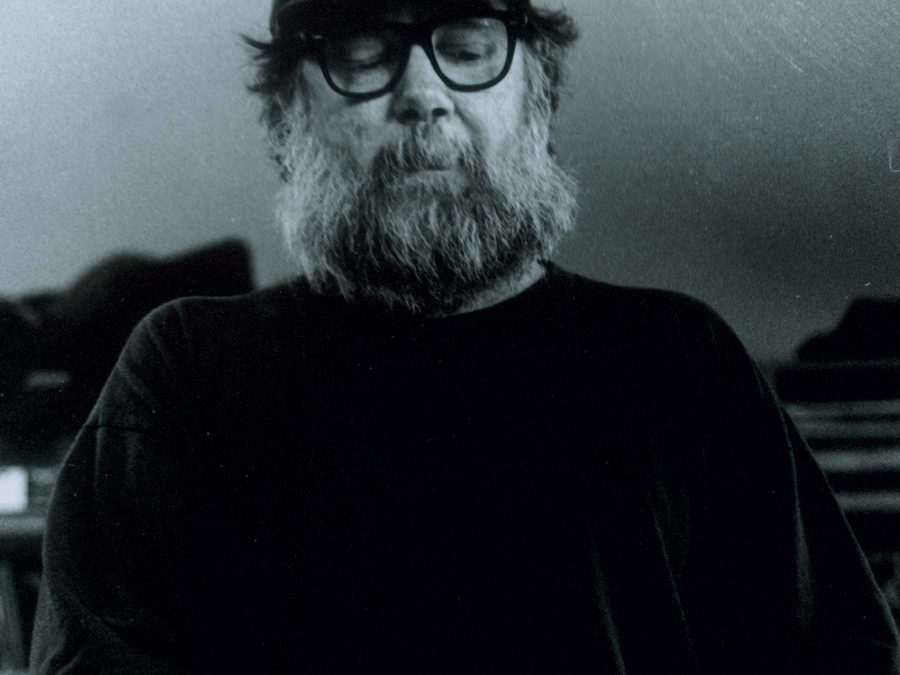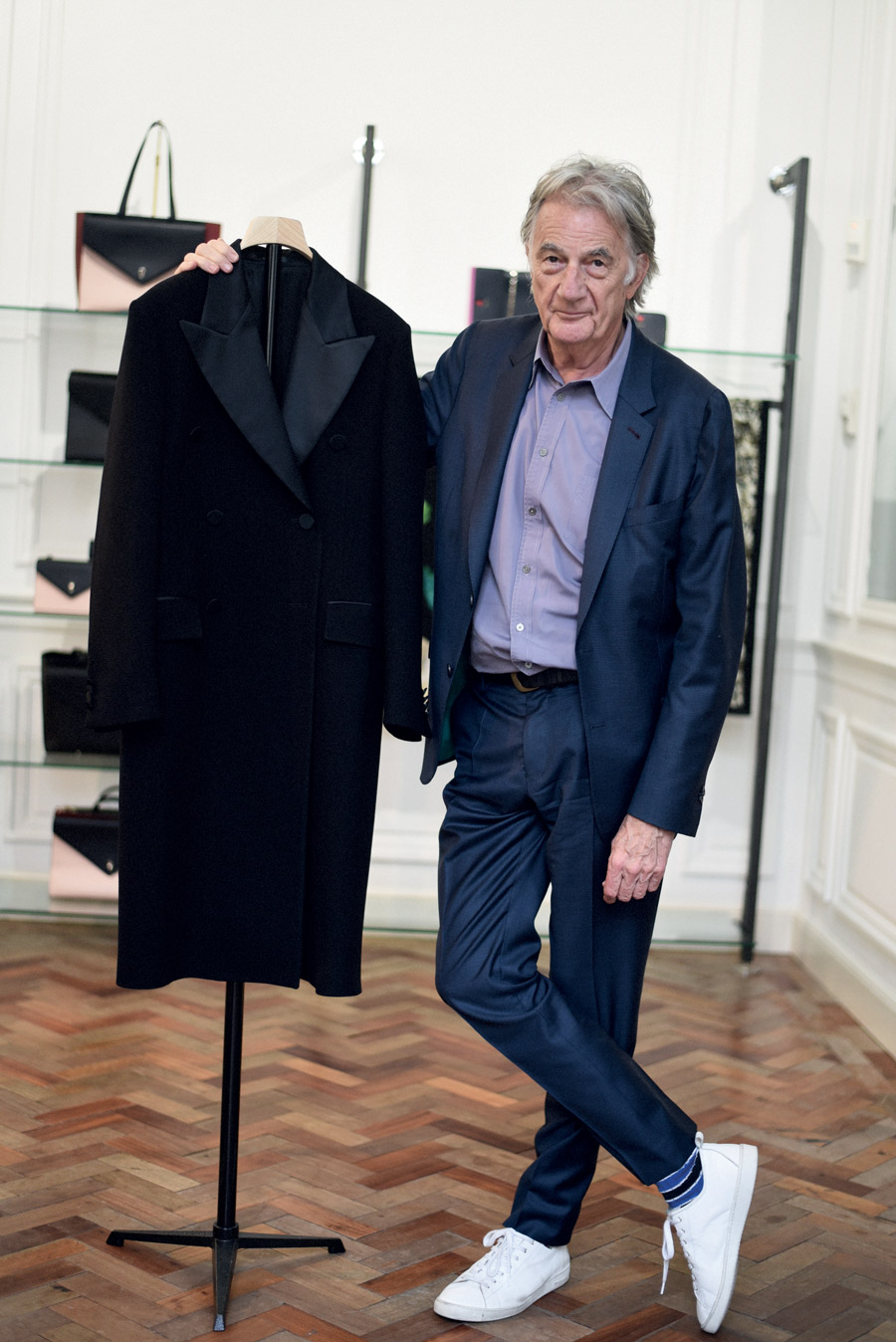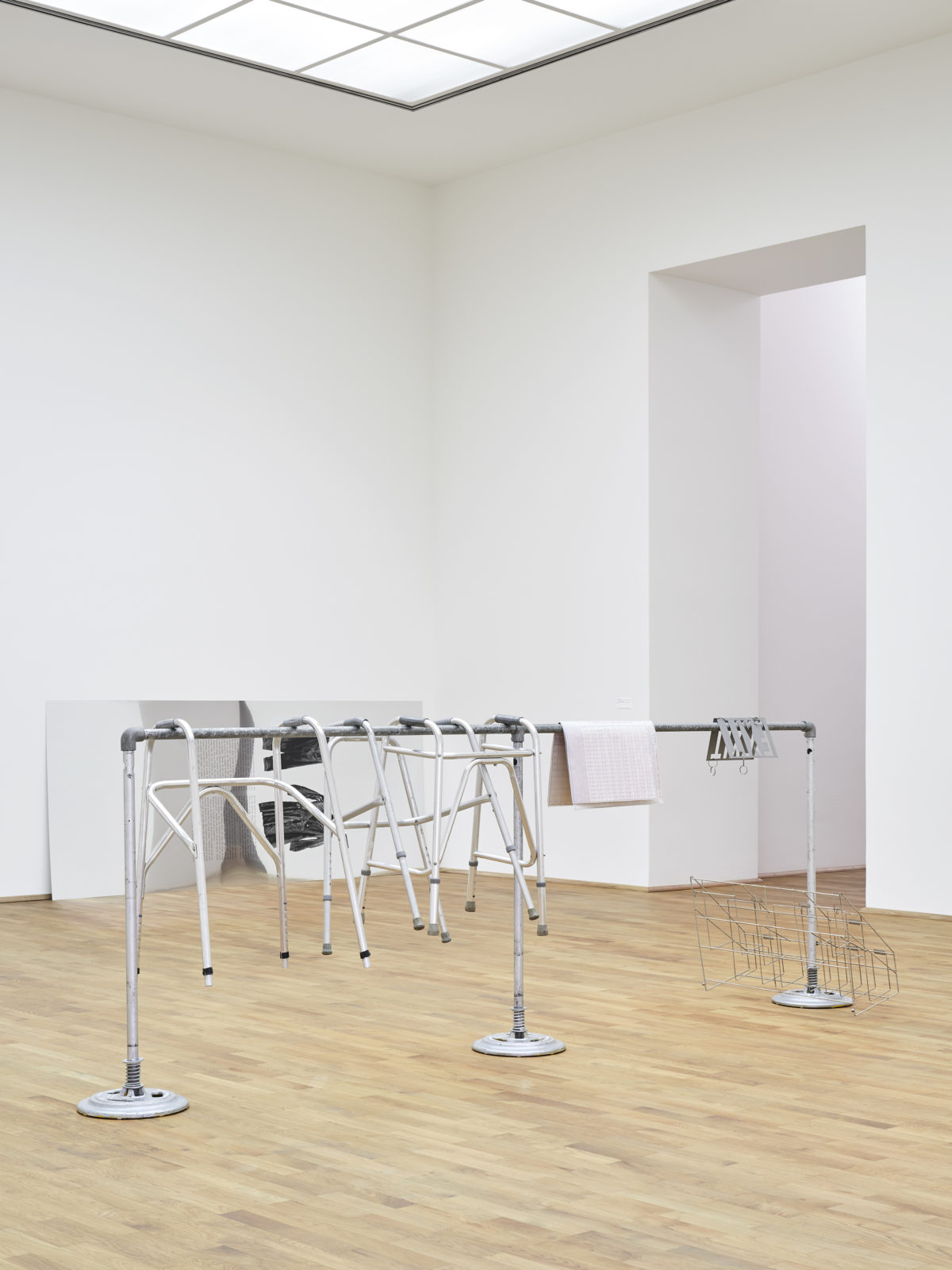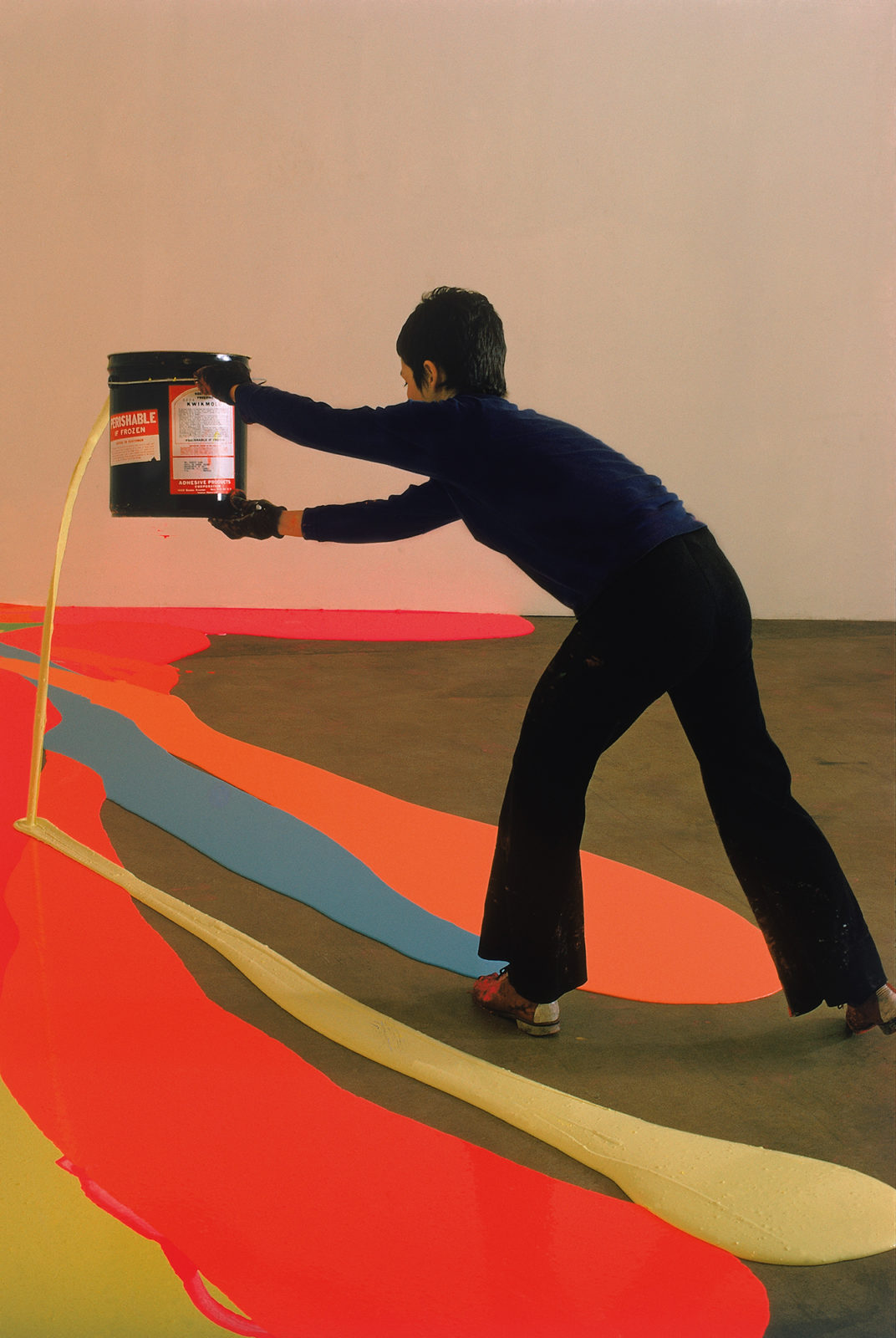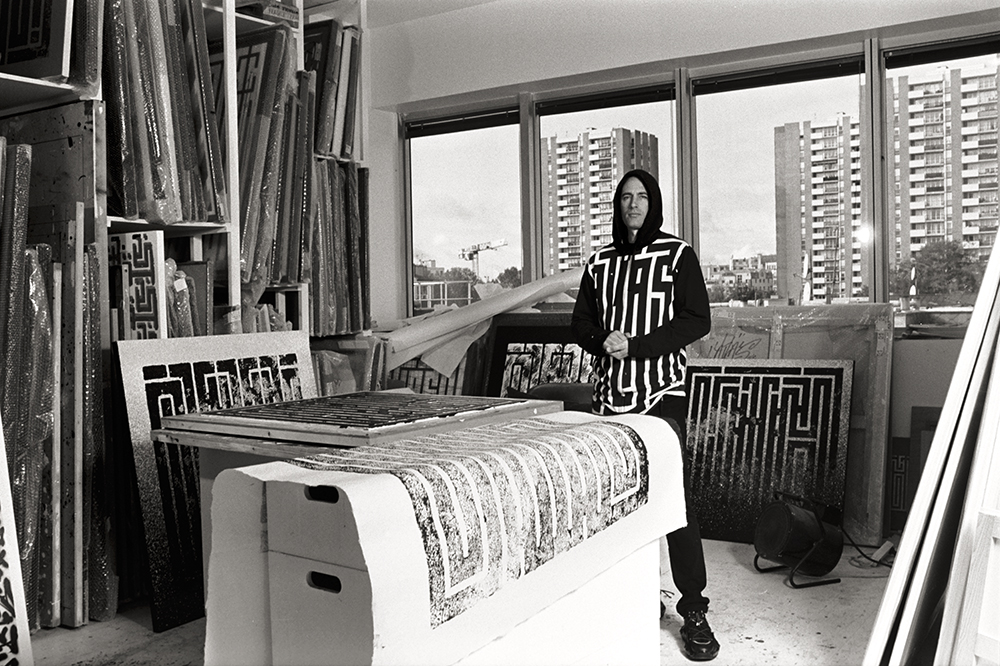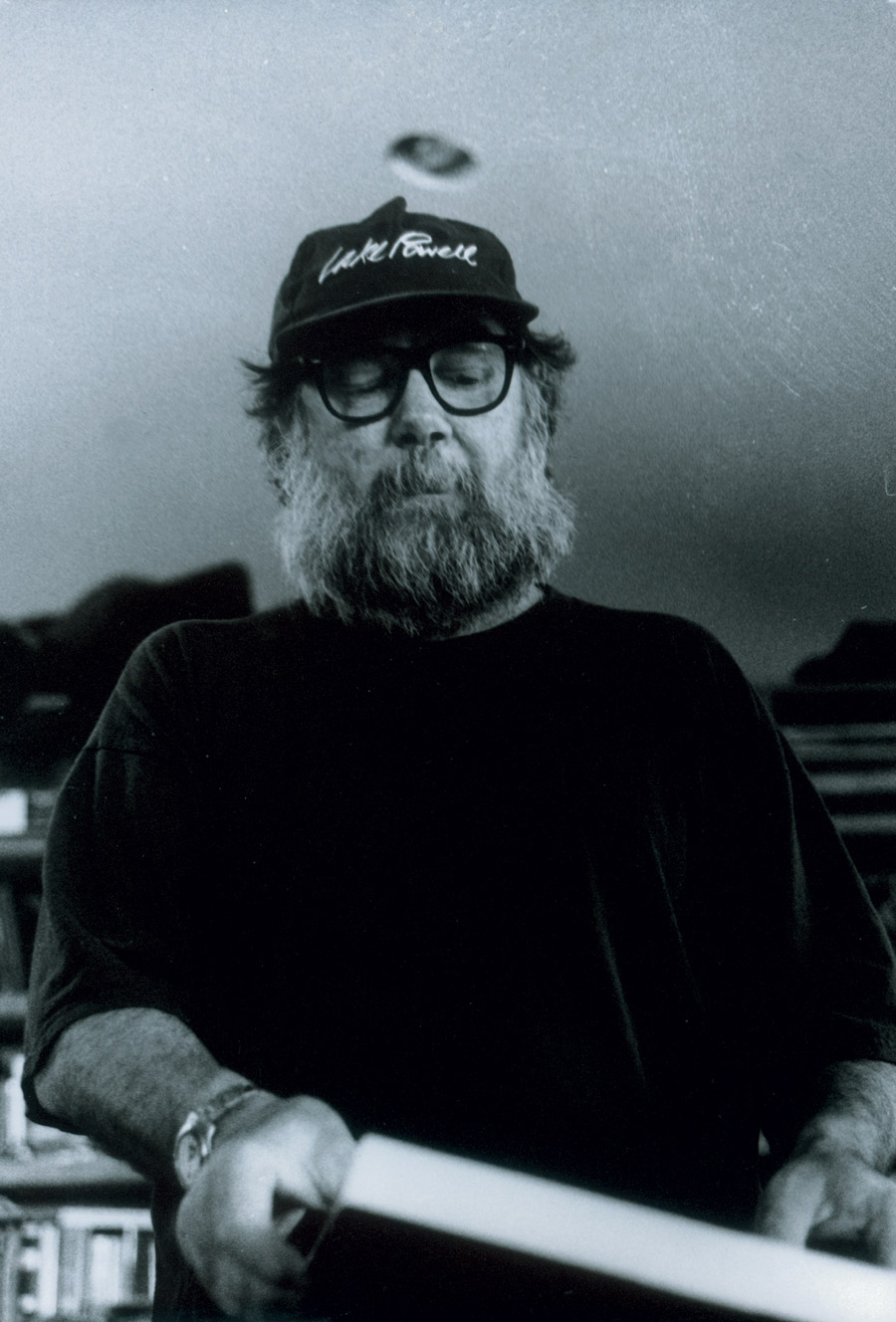
Photo: Mara McCarthy © Paul McCarthy Courtesy the artist and Hauser & Wirth
A MEETING BETWEEN PAUL MCCARTHY & ARMELLE LETURCQ
By Crash redaction
For the past forty years, subversive artist Paul McCarthy has transgressed good taste and right thinking in works that do not hesitate to provoke, shock and, above all, make people think. None can forget his work exhibited at Place Vendôme in 2014, a victim of censorship and vandalism by passersby horrified by its resemblance to a giant butt plug. Or was it a Christmas tree? Following that event, he reminds us that it is becoming increasingly difficult to bring up certain issues, as the threat of censorship rears its ugly head. In McCarthy’s world, disfigured Disney princesses hold up a mirror to a society devoured by its darkest vices. Arriving in the art world in the 1970s through extreme performances centering on his body and fluids, the artist does not engage in provocation for provocation’s sake: all his actions convey a precise meaning pertaining to universal issues. We met with him to talk about shifting boundaries, breaking down categories and freedom in art.
This Art issue is about shifting boundaries; do you think there is a progress today against all sorts of prejudices?
Is the world a “bleeding bleak ball” and is the art world establishment moving art in the direction known as regression? It appears globally that prejudice is on the upswing. With only pockets of hope for a turn around.
What’s up?
Do you think art can change mentalities?
Art has changed my mentality. It changes individuals and societies. I think art’s most powerful form is as a collective or network.
Are you trying to break walls?
Repression, conditioning. But the impetus for doing is more complicated than just breaking down walls. Art in part is a frame to exist in and escape from absurd conditioning.
You come from video art or underground cinema but you do photography, sculptures, performance, installations… Are you breaking categories in art and do you think they are completely obsolete?
The different mediums in art are still present in my work and in the art world. I work in different mediums and at times they merge, blurring the distinction of the medium. Is it a painting or a performance or an installation? There is a performative aspect to most of my work. Whatever the medium, performance is imbedded in the work.
Five years have passed since your piece in Place Vendome was censored. How do you feel about it? Did you ever go back to Paris?
That kind of violent response, the goon mentality, can happen in any city. I went back to Paris two years ago to participate in an exhibition for Pierre Guyotat.
Do you think Europe is more advanced, in terms of freedom and breaking categories than America?
America is in an extreme place, a new reality. Donald Trump has let out the dogs instilling fear. America is becoming its own reality TV show. It’s watching itself 24 hours a day.
Do you think you are connected with Mike Kelley’s work? For me his work is more related to his personal story than yours, but maybe I am wrong…
I used stuffed toy animals in my performances and my paintings in the 70s before I met or knew Mike Kelley. We didn’t start working together until 1987 when I asked Mike to be in a piece of mine, “Family Tyranny”. After that time, we did five large collaborations: Heidi, 1992; Fresh Acconci, 1995; Sad and Sadie Sack, 1996; Sod and Sodie Sock, 1998; and An Architecture Composed of Paintings of Richard Powers and Francis Picabia, 2003. I think we had a strong connection and respect for each other’s work, but I do think there are some essential differences. For the most part I believe they were generational. There is a ten-year difference in our ages. I experienced the art and lifestyles of the 60s. Mike went through the age of punk. Without being aware of what each other was up to, we both put our childhood houses with an underground in our work near the same time. This kind of coincidence in our work happened several times.
How is your work connected with your own personal history?
Over and over again, unconsciously and consciously, rearranged, heighten, hidden, blatantly exposed and concealed at the same time.
What are your next projects?
Performance video dealing with male buffoonery, totalitarianism, and two humans in a fatal entanglement.
Can you describe your daily life in Los Angeles?
To the studio and back home
Do you think the digital revolution has changed the way you live today?
Yes
Why did you move to California?
It’s where the third chapter started. The first chapter was between 1945 and 1965 in Salt Lake City, Utah. The second chapter was between 1965 and 1970 in Salt Lake City, Utah and San Francisco, California. The third chapter is between 1970 to the present, Los Angeles, California. It’s called following a nose.
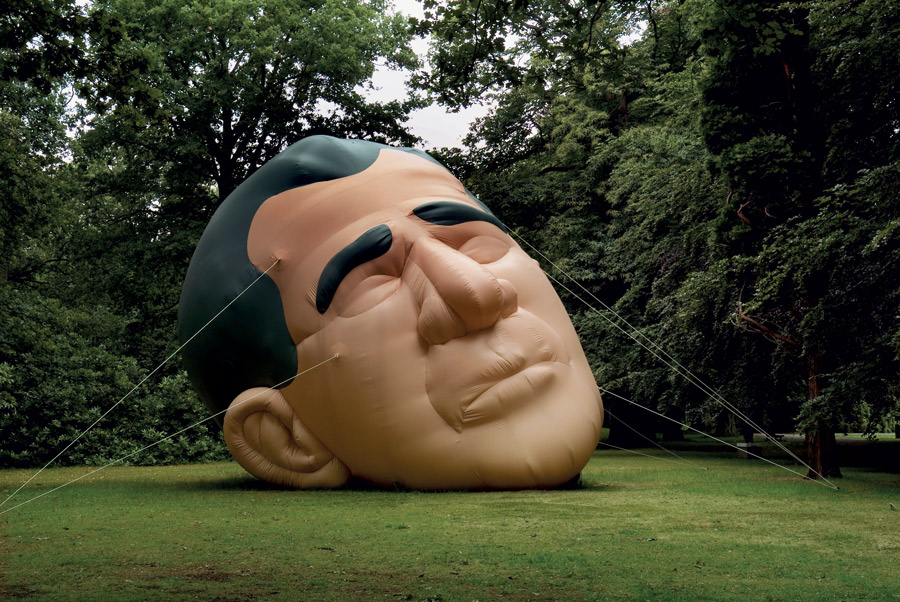
Paul McCarthy, White Head Bush Head, 2007, Installation view, Middelheim Sculpture Museum, Antwerp, Belgium, 2007
Photo: Philippe de Gobert
© Paul McCarthy
Courtesy the artist and Hauser & Wirth
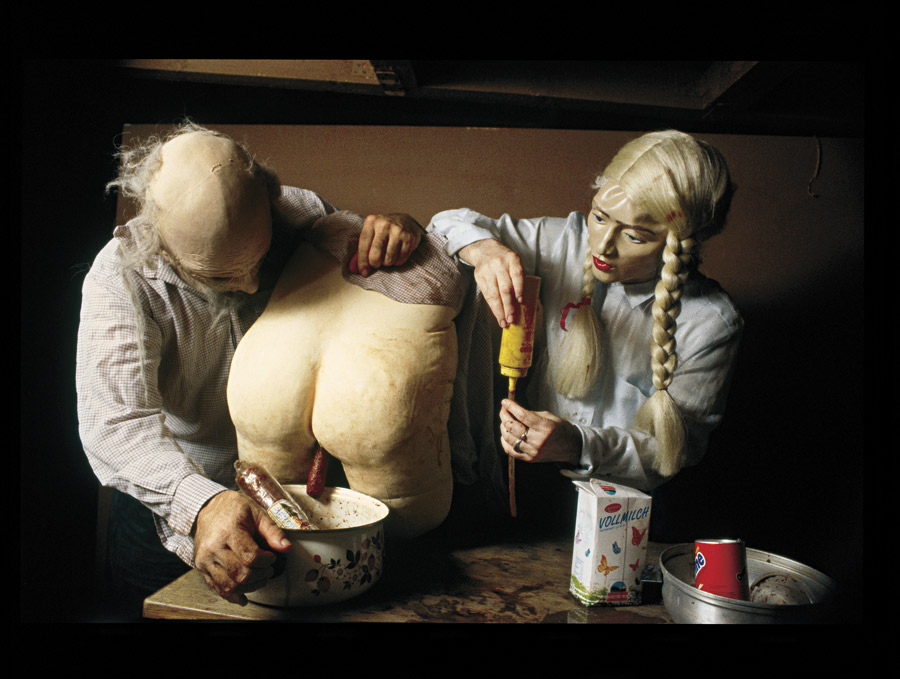
Paul McCarthy and Mike Kelley, Heidi, 1992/1993
© Paul McCarthy and Mike Kelley Foundation for the Arts
Courtesy Paul McCarthy, Mike Kelley Foundation for the Arts and Hauser & Wirth
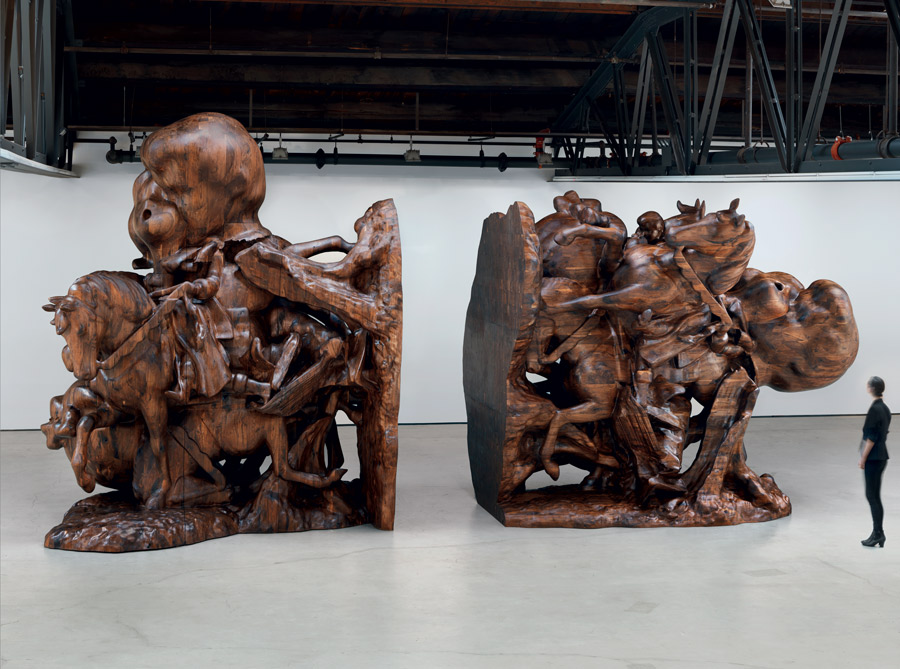
Paul McCarthy, WS, Bookends, 2013
Photo: Genevieve Hanson
© Paul McCarthy
Courtesy the artist and Hauser & Wirth
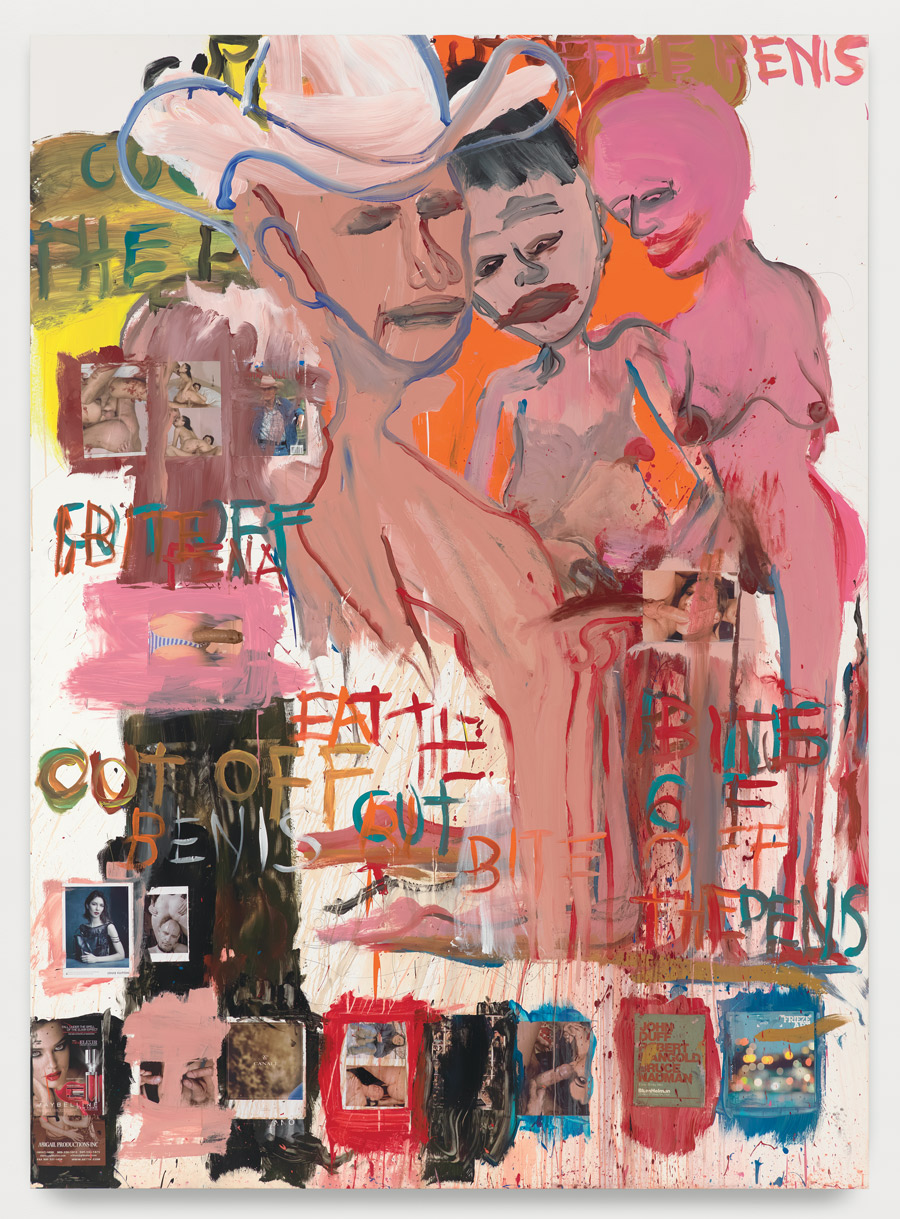
Paul McCarthy, SC, Robert Redford, 2014
Photo: Alex Delfanne
© Paul McCarthy
Courtesy the artist and Hauser & Wirth
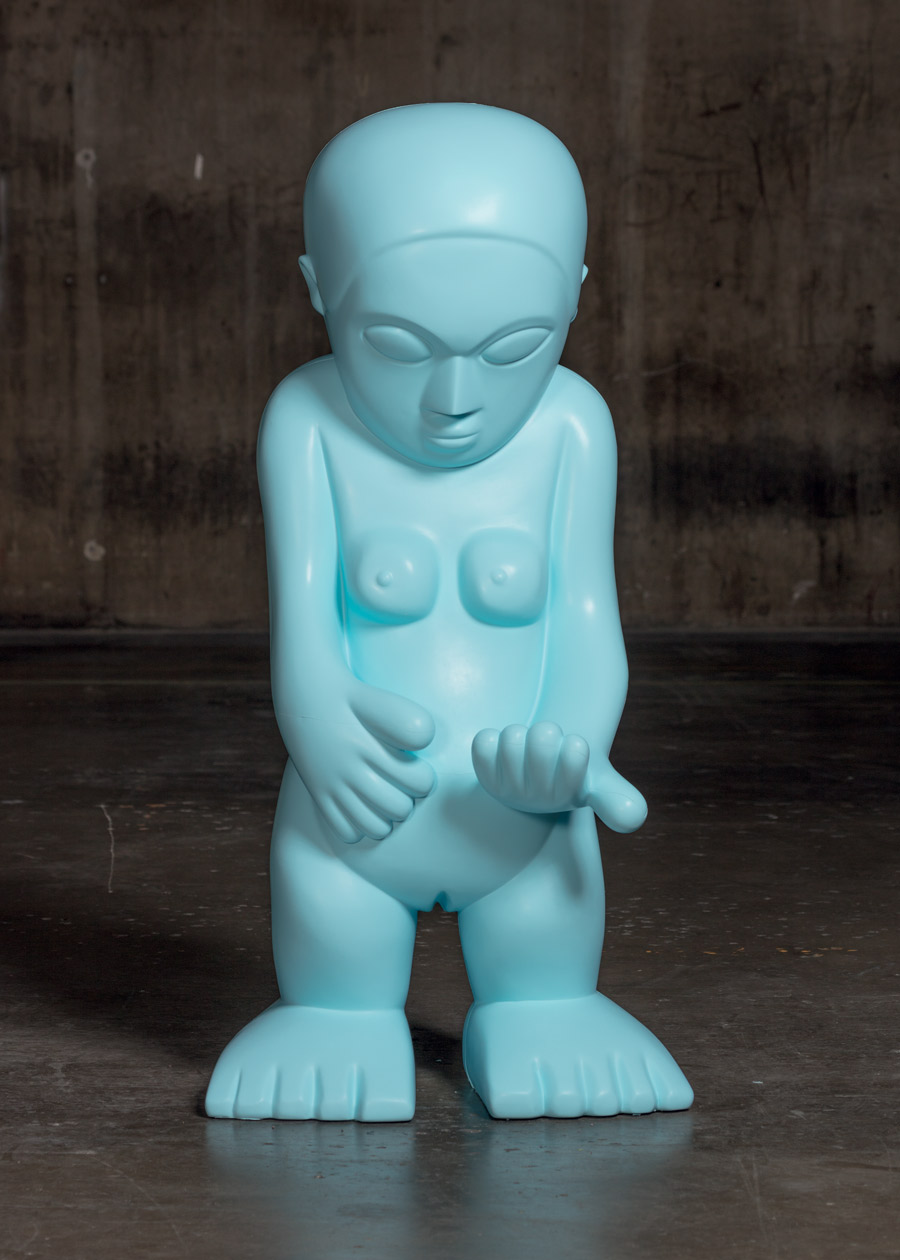
Paul McCarthy, Picabia Idol, 2015-2017
Photo: Fredrik Nilsen
© Paul McCarthy
Courtesy the artist and Hauser & Wirth







